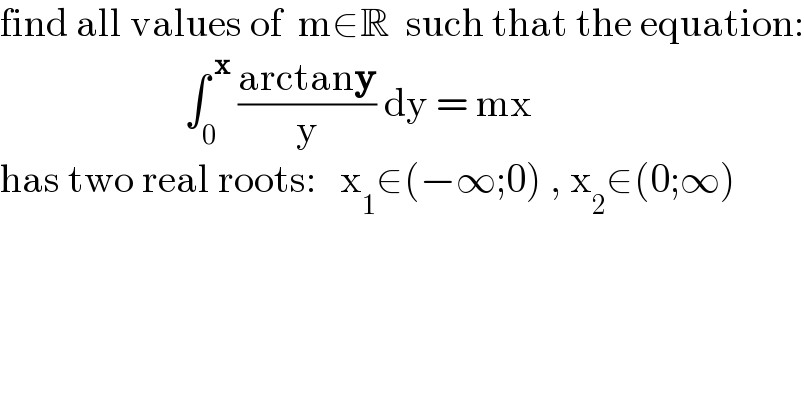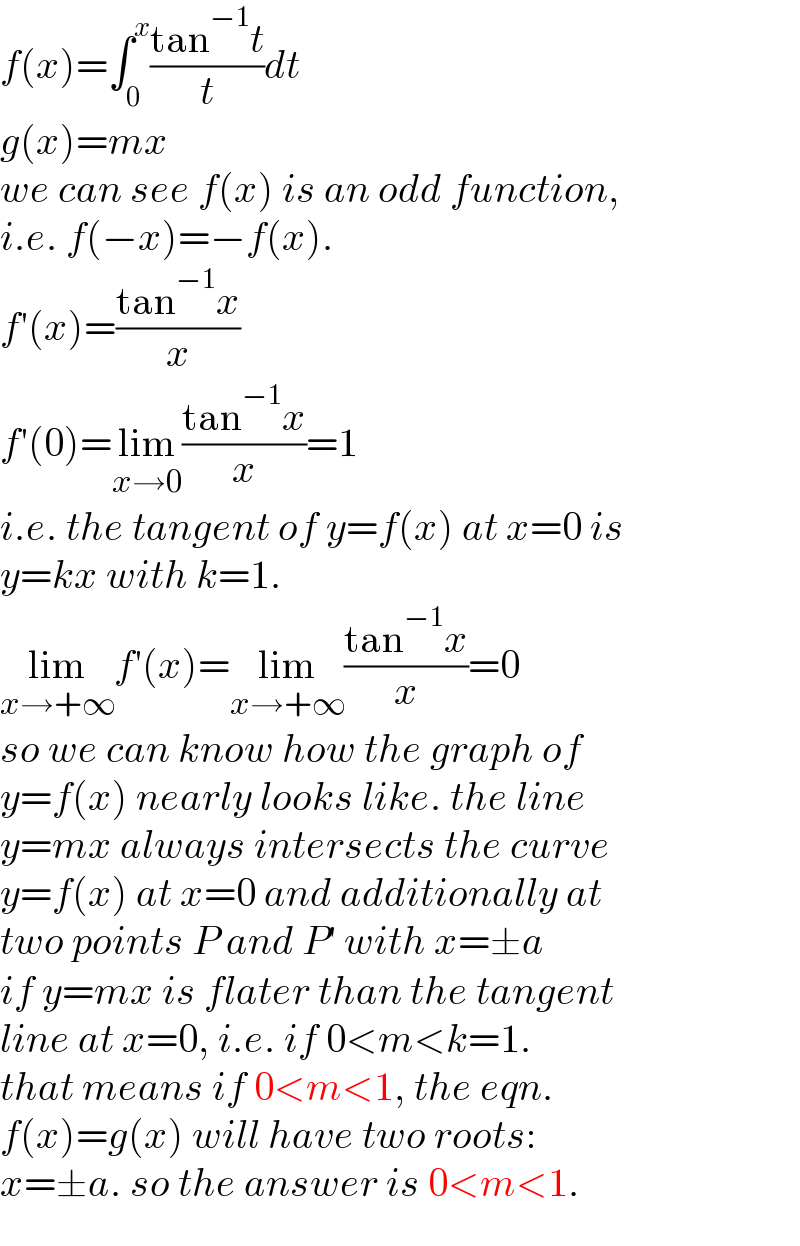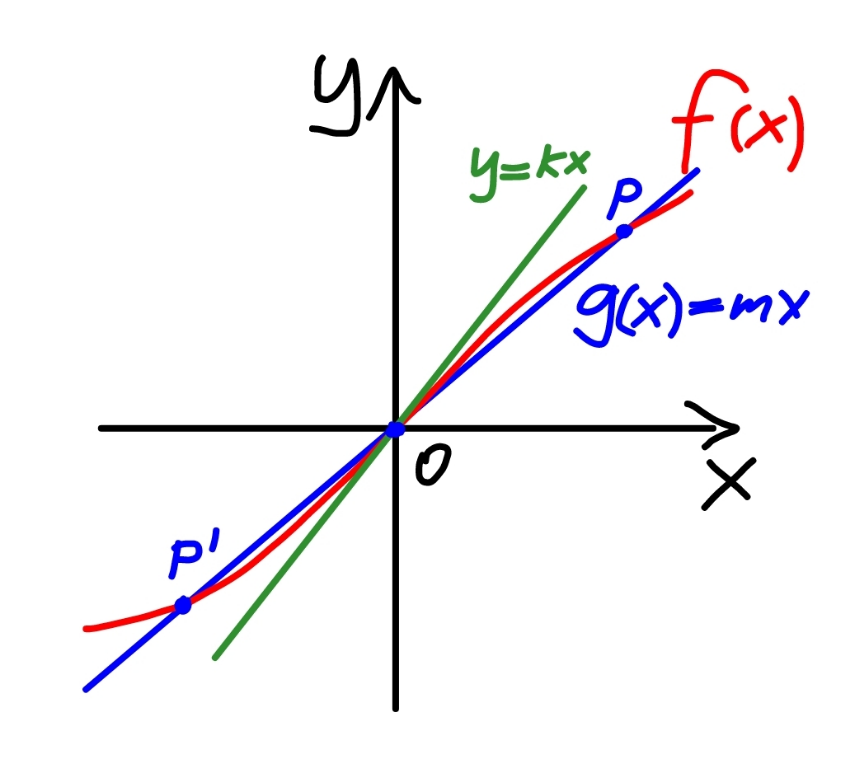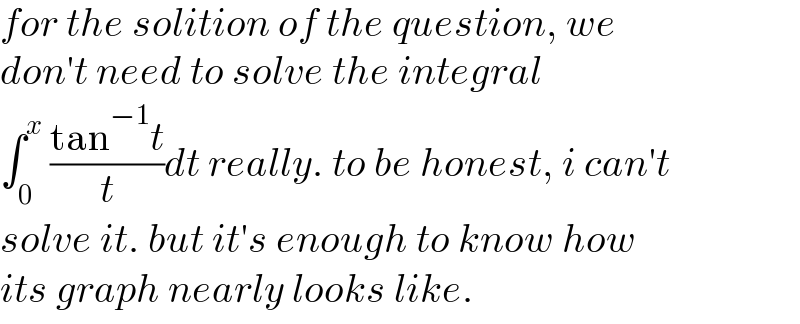
Question and Answers Forum
Question Number 180856 by Shrinava last updated on 18/Nov/22

Answered by mr W last updated on 19/Nov/22

Commented by mr W last updated on 19/Nov/22

Commented by mr W last updated on 19/Nov/22

Commented by Shrinava last updated on 19/Nov/22

